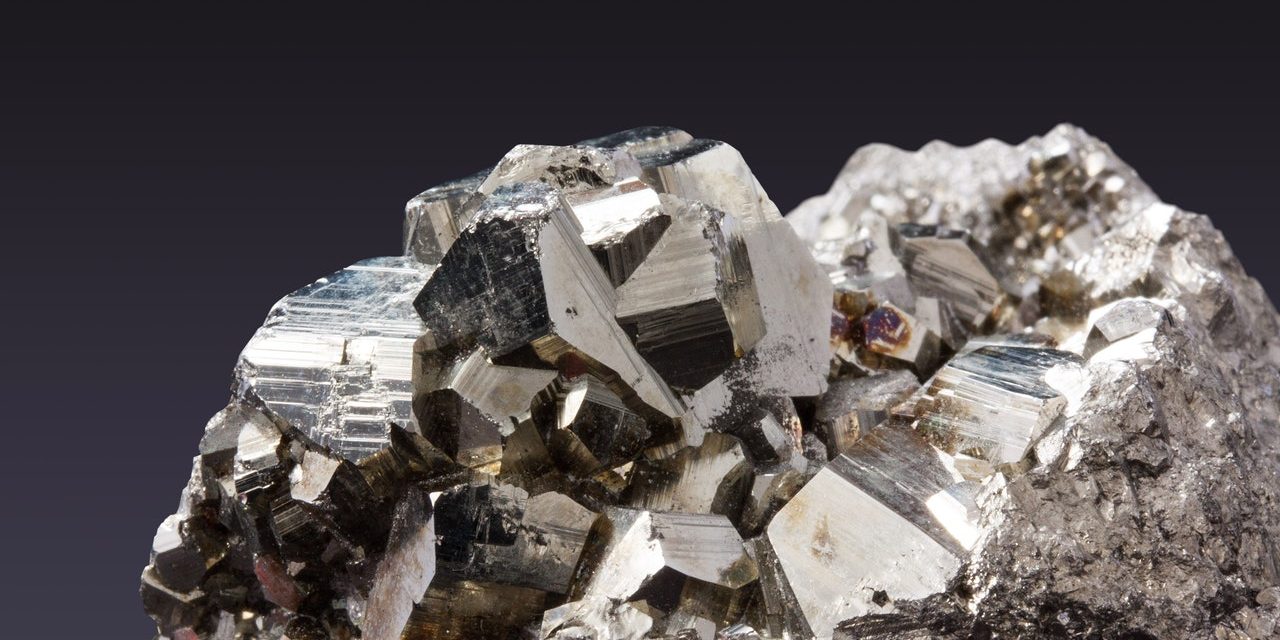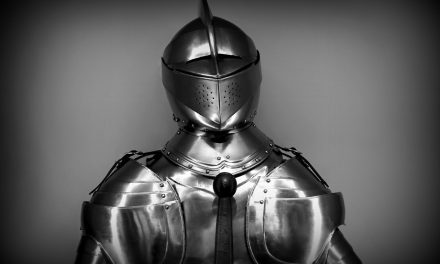Of the four groups of stainless steel, the austenitic grades are by far the most used. Nickel is the main alloy element in addition to chromium. Nickel stabilizes the high temperature formed austenite, which also maintains this at low temperatures. In an 18% chrome alloy, 8% nickel is already sufficient to maintain the austenitic structure at room temperature. The austenitic steel grades do not exhibit structural changes when heated, so hardening treatments are not possible.
Increase in strength can only be due to cold deformation (reinforcement). Depending on the alloy and the degree of deformation, a structural conversion can occur, which causes the material to become light magnetic. In addition to increasing the percentages of chromium and nickel, elements such as molybdenum, nitrogen and copper can also be added to improve corrosion resistance. This versatility can be improved by alloying with sulphur. The addition of sulphur to other austenitic stainless steels, however, has a number of adverse effects, such as deformability, corrosion resistance and weldability.
From the viewpoint of corrosion resistance, for example, a sulphur-containing type of stainless steel (such as 1.4306) is not permissible, but it is still to be widely spun, the calcium-treated stainless steel types offer a good alternative. These are modified grades 1.4301 and 1.4404, so with good deformability, weldability and resistance to corrosion, but with improved versatility. An increase of productivity by about 30% compared to the standard qualities is possible.


